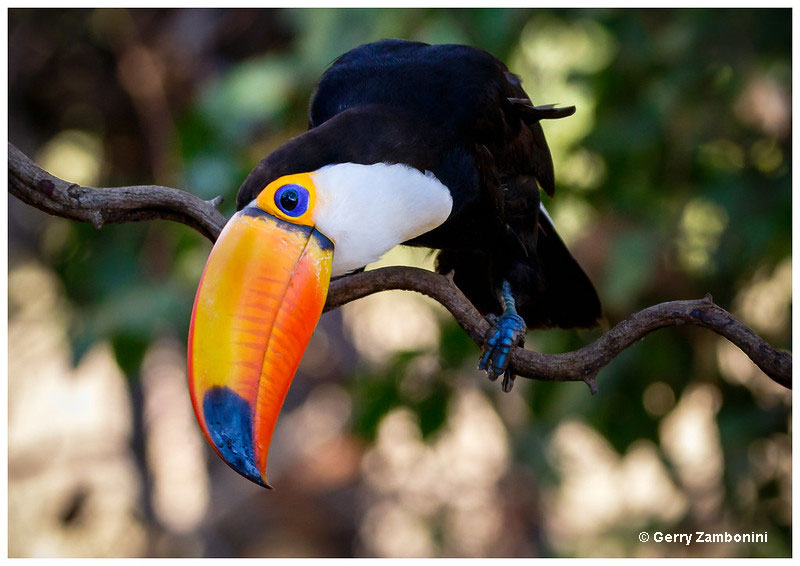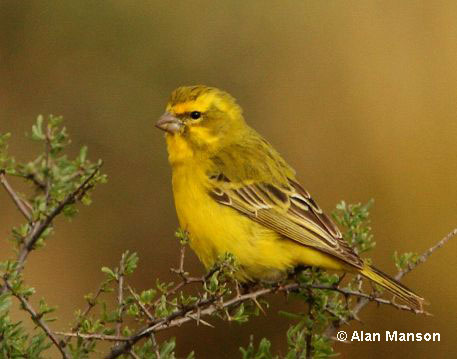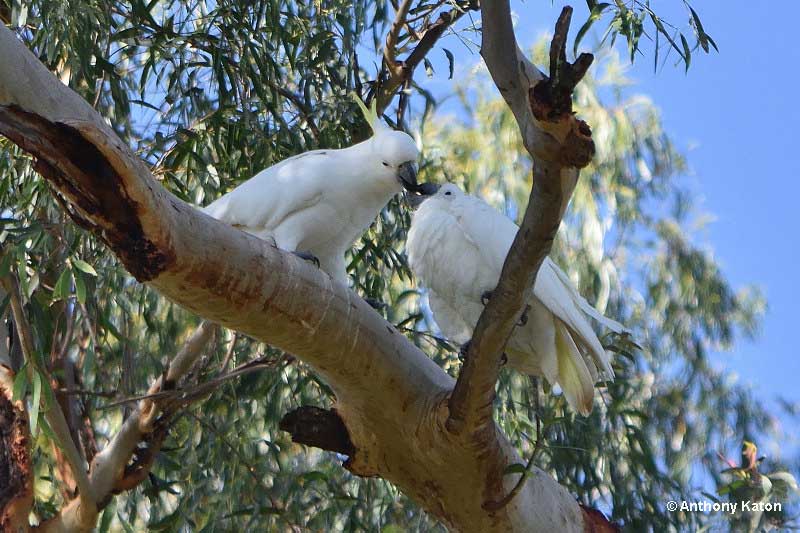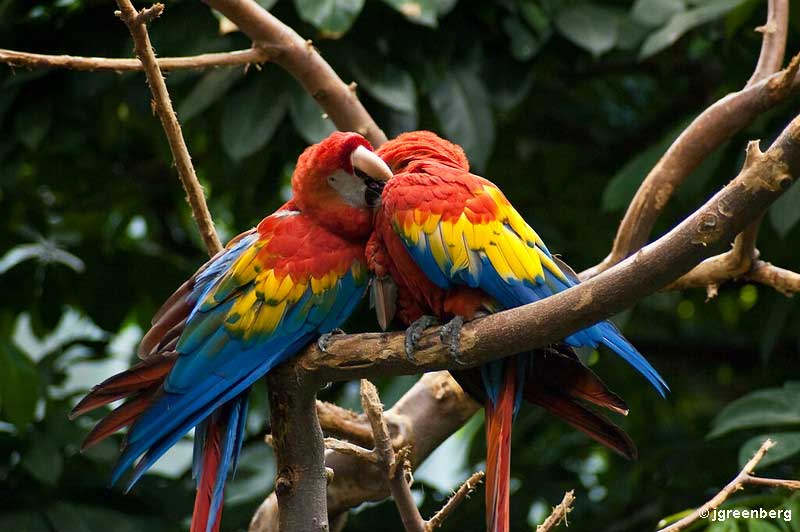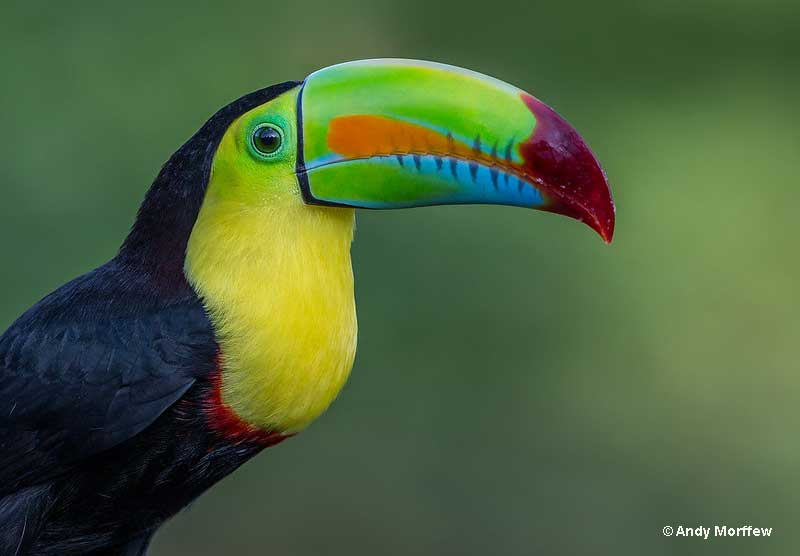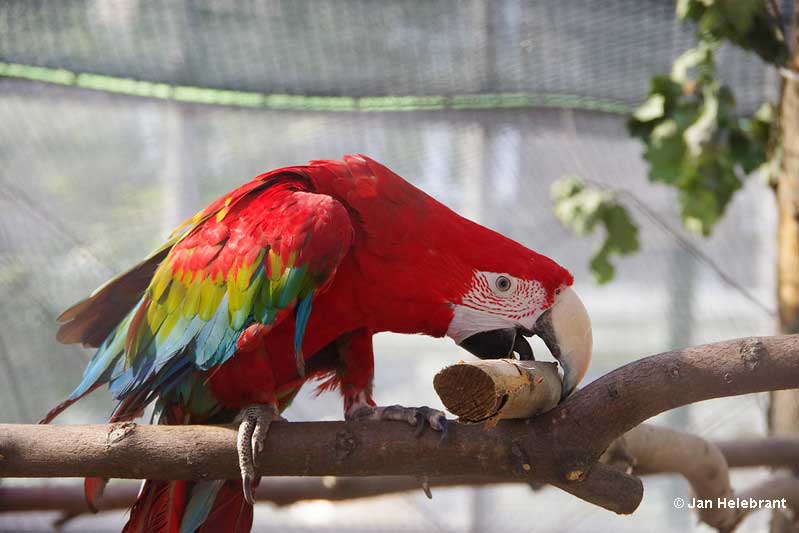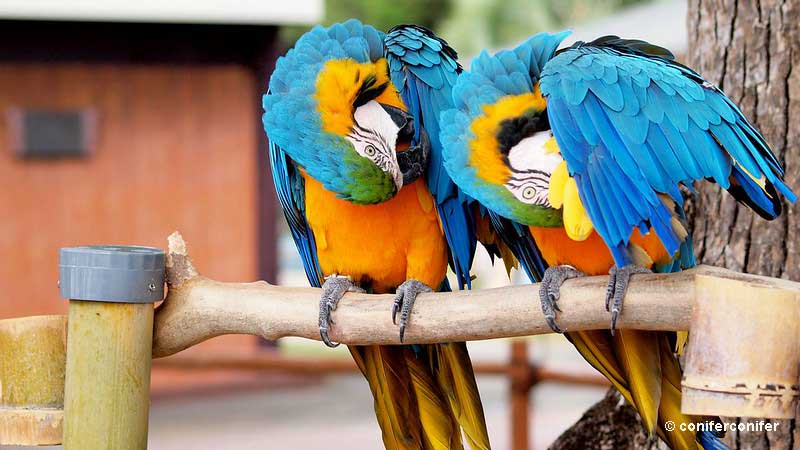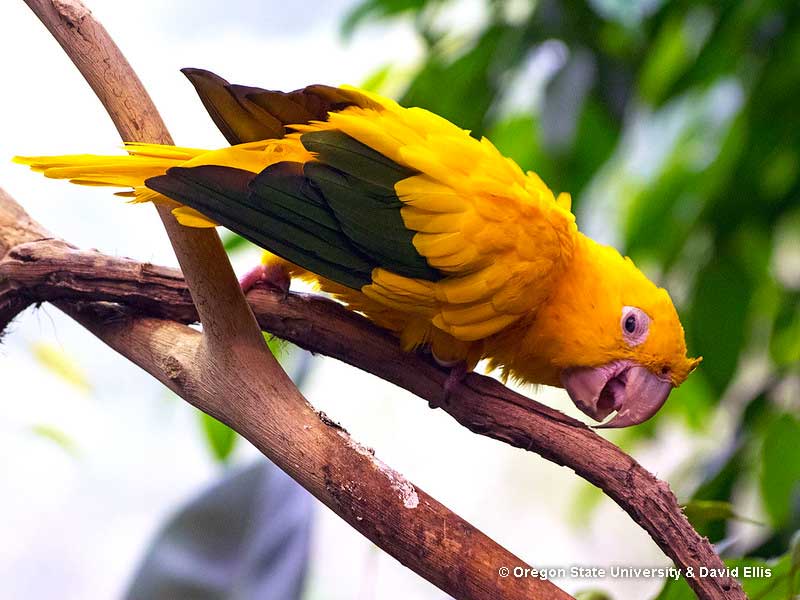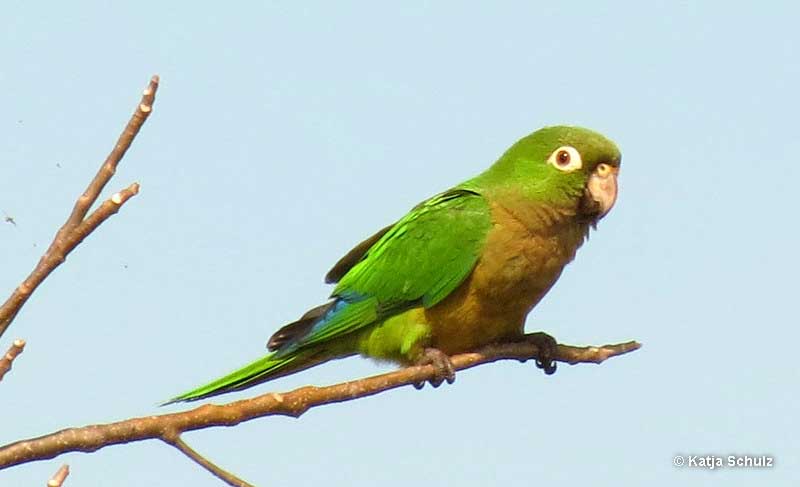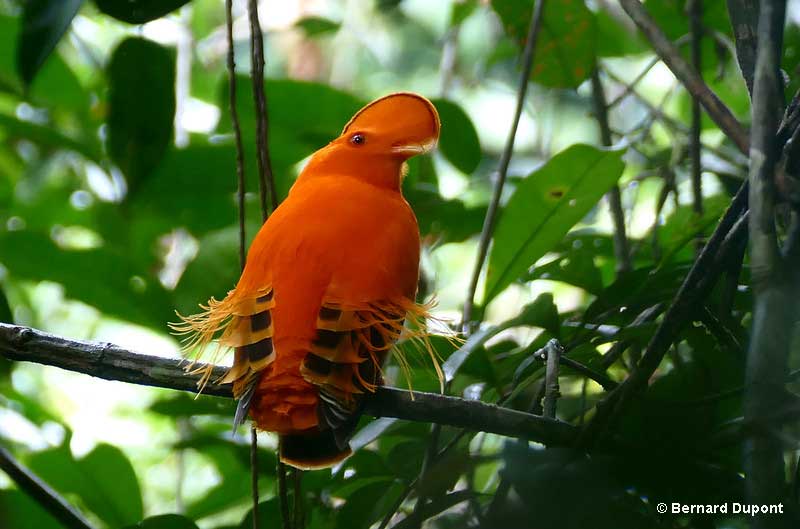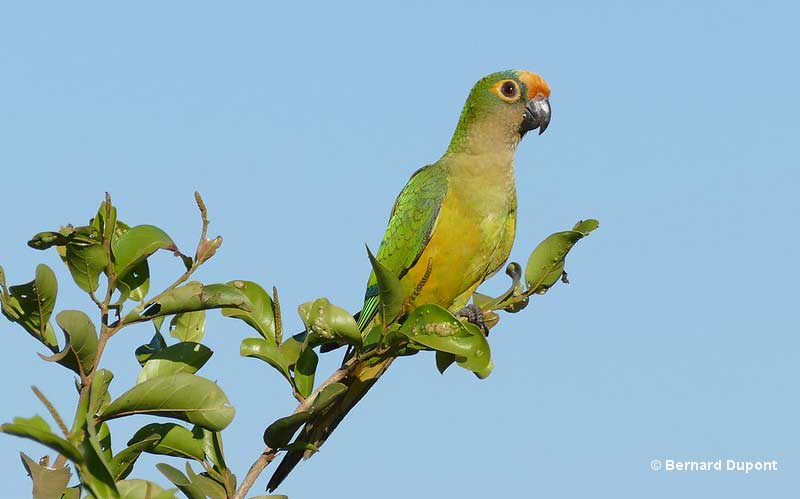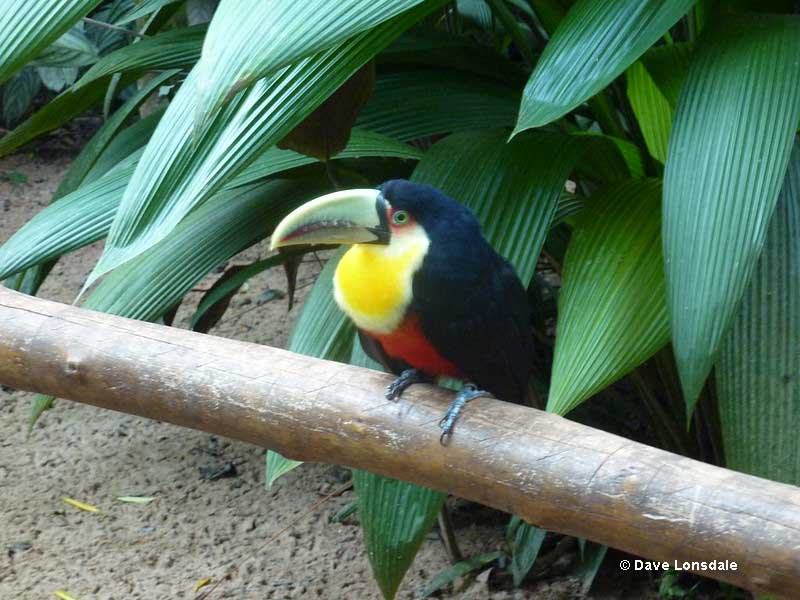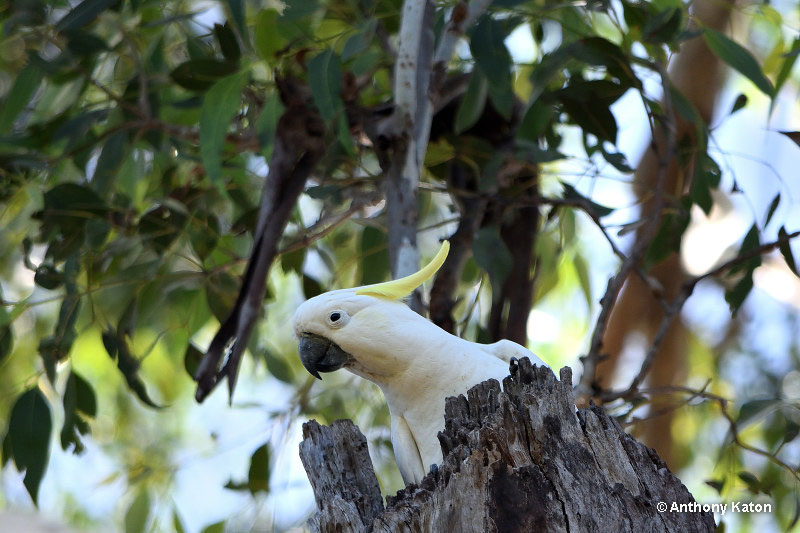
Rio is a family-favorite movie for many, but have you ever wondered what bird species were shown? Look no further, because we have watched these beloved movies probably too many times and racked our brains to figure them out.
From Spix’s Macaws to well-known American Robins, the list of birds in Rio movies seems neverending.
You’ll find descriptions for almost every species in the movie, from the main characters to the background characters. Dive in!
On this page
Blu and Jewel – Spix’s Macaws
The notorious blue birds from Rio

Photo credit: animalia.bio
Blu and Jewel, the main characters of this animated movie, are Spix’s Macaws, an endangered species native to Brazil. The plumage of this species has various shades of blue and dark gray on the wing coverts. They look similar to their animated counterparts except for a smaller bill.
Although the movie depicts them living in the Amazon, their actual natural habitat is the Caatinga, a scrubby region in northeastern Brazil.
The Caatinga is characterized by desert vegetation, including small, thorny trees and cacti, where the Spix’s Macaws relied on caraiba trees for nesting. This species is monogamous in nature and the birds mate for life.
Spix’s Macaws were discovered in 1819 when they were already rare. Due to deforestation and wildlife trafficking over the decades, they are now believed to be extinct in the wild.
Learn more: Bird Statistics and Facts
Remarkable conservation and breeding efforts have taken place, leading to the release of eight birds in June and twelve birds in December 2022.
Rafael – Toco Toucan
The life of the party
Rafael, one of Blu’s friends, represents one of the largest and most recognizable toucan species – the Toco Toucan. These birds have a black body, contrasting white chest, throat, and upper-tail coverts, a big yellow-orange bill with a black base and tip, and red undertail coverts.
Toco Toucans can be found throughout Central and South America where they inhabit semi-open habitats, including woodlands and savannas. In the Amazon, they are only found in open areas that are generally near rivers.
These birds are also monogamous. Their breeding process involves a courtship period during which the birds engage in playful fruit-throwing. There are 2-4 eggs in a clutch and parents are very protective of their young.
Pedro – Red-crested Cardinal
Red bird from Rio
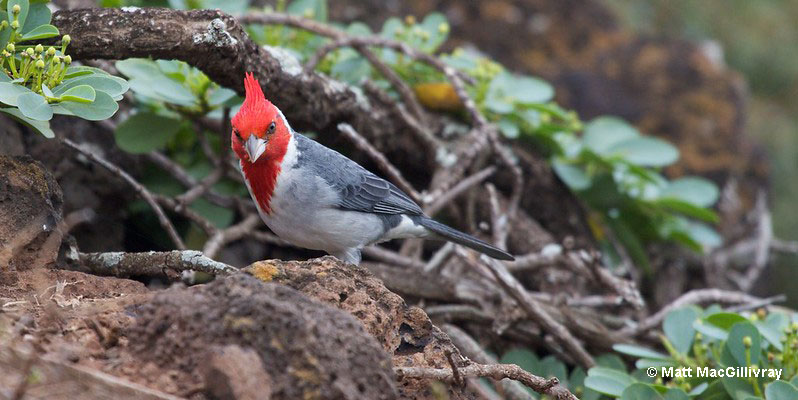
© Matt MacGillivray
Pedro, the red bird from Rio, is a Red-crested Cardinal – an outgoing party-bird that swiftly becomes one of Blu’s friends upon his arrival in Rio de Janeiro.
He has a white underside, a striking red crest, head, and breast, as well as a dark gray back, wings, and tail. These vibrant birds can be found across the central regions of South America, thriving in semi-open habitats adorned with scattered trees and shrubs, particularly in proximity to water sources.
Discover more: Gift ideas for bird lovers
In the movies, Pedro is social and a ladies-man. Although in real life, the species can be social outside of the breeding season, then during the breeding season they tend to stay in monogamous pairs. Males are territorial and often aggressive against others.
Nico – Yellow Canary
The yellow bird from Rio
Nico, the yellow bird from Rio, is generally thought to be a Yellow Canary, a sociable, music- and party-loving bird with an overall yellow plumage.
In reality, this species is not native to South America or the Americas overall.
However, they are often kept as pets, which might explain how Nico ended up in Rio de Janeiro. In real life, they inhabit open and scrubby areas, which explains why he was nervous when they were in the jungle in the second movie.
Nigel – Sulphur-crested Cockatoo
The white bird in Rio
Nigel, a Sulphur-crested Cockatoo, is the white bird from Rio that acts as the antagonist of the movies. Once a revered television star, he became bitter after being replaced by a younger and more beautiful bird. He was Marcel’s pet and “hencebird”, hunting down other birds for the guy, and can be described as intelligent, cruel, cunning, and loud, and is often referred to as the evil bird from Rio.
The reality of this species overall is quite similar, although not as evil. They’re native to Australia but are popular pets all over the world.
However, they are a challenge to handle and care for. These birds can be noisy, often form a bond with only one person, require a lot of social interaction, and may be aggressive and make unpredictable movements.
Felipe – Scarlet Macaw
The tough leader of the Red Macaw Tribe
Felipe, the Scarlet Macaw from Rio 2, is the leader of the Red Macaw Tribe and has a territorial nature, showing dislike towards strangers.
In their natural habitat of Central and South America, Scarlet Macaws inhabit various environments such as rainforests, woodlands, river edges, and savannas.
They have predominantly scarlet plumage with blue, yellow, and dark red accents, and some individuals may also have green in their wings.
Related: Bird Coloring Pages
While generally docile, they can exhibit aggressive behavior during breeding periods. Scarlet Macaws are known for their monogamous nature, forming lifelong partnerships with their chosen mate.
Kipo – Roseate Spoonbill
The loyal performer
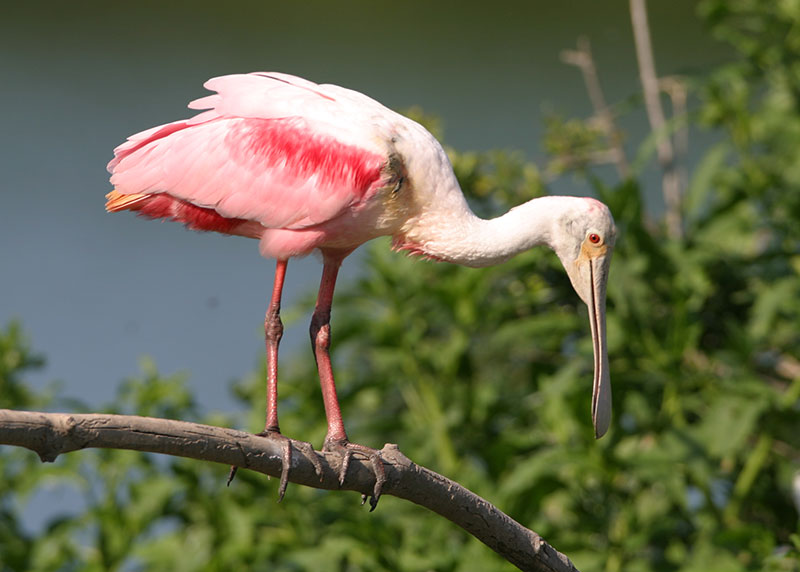
Kipo, a Roseate Spoonbill, has limited screen time but is depicted as an exceptionally loyal bird, always ready to defend its friends.
With distinctive pink plumage and a long, spoon-shaped bill, this species excels at sifting through mud while wading in shallow waters. They breed and reside in both South and North America, and are known to be social birds, often gathering in flocks of various sizes for feeding and roosting.
Fun fact! Roseate Spoonbills get the beautiful pink color from the crustaceans and other foods they eat that contain carotenoid pigments!
Alice & Chloe – Canada Geese
The mocking sisters
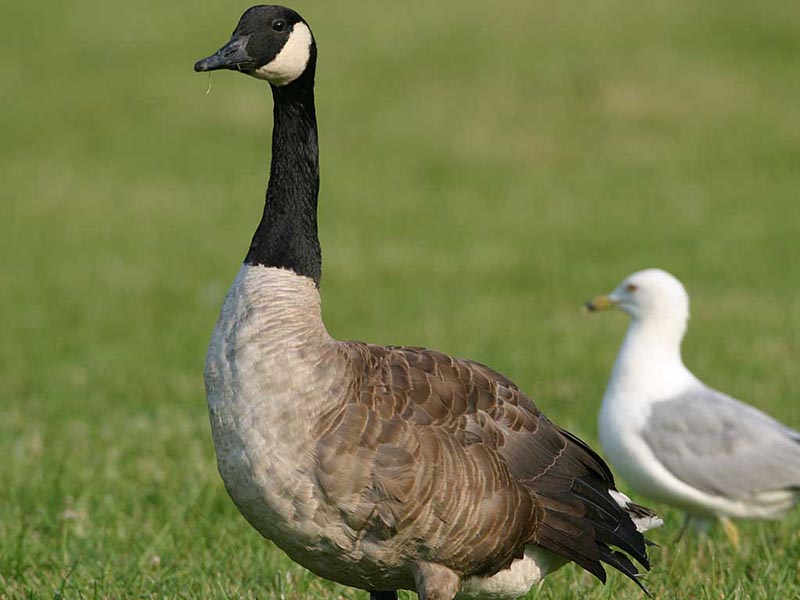
Alice and Chloe, two female Canada Geese, are seen quite early in the movie when they mock Blu for being a pet bird. They’re native to North America and can indeed be seen near urban habitats.
While some non-migratory populations exist in the US, Canada Geese are generally a migratory species. Their distinctive calls and V-shaped flight formations mark the arrival of either autumn or spring.
This species is primarily herbivorous. In urban settings, they’re known to scavenge food from garbage bins and accept offerings from humans. They prefer to forage in open areas to keep an eye on the surroundings.
Eva – Keel-billed Toucan
Rafael’s second half
Eva, Rafael’s wife, is a Keel-billed Toucan with a black body and tail feathers, a yellow throat, and a green-orange-red-blue bill. Similarly to Rafael, this species is social, gathers in small flocks, nests in trees, and can be found in rainforests. However, their ranges don’t overlap since Keel-billed Toucans can only be found in Central and northern South America.
Unfortunately, this species is listed as near threatened on the IUCN Red List due to habitat loss, hunting, and trapping. They are hunted for their big beaks and meat.
Other Species
Red-and-green Macaw
The Red-and-green Macaws make an appearance in a few dance sequences. They are large, mostly red in color, and native to northern and central South America. In the wild, they have a diverse diet consisting of nuts, seeds, and fruits. They have a remarkably powerful bill that can break open even the toughest nuts and shells and can even snap a broomstick in half.
This species is commonly kept as a pet. Their temperaments vary from gentle to aggressive.
Blue-and-gold Macaw
The Blue-and-Gold Macaws, also referred to as the Blue-and-Yellow Macaws, appear only as background characters in the movie. They have striking blue upperparts and yellow underparts.
In the wild, they are native to the forests of South America, where they forage for nuts and fruit. Their bills, similar to other parrot species, are very powerful, able to crack nutshells, and are used to hang and climb from trees.
Their lifespan in the wild is between 30-35 years, whereas in captivity, they can live up to 60 years or even more.
Golden Conure
The Golden Conure, also known as the golden parakeet, is a bird species native to Brazil, South America, but not found in Rio de Janeiro. These birds have predominantly golden feathers, with green feathers at the tips of their wings. In the movies, they have minor roles and limited screen time.
Golden Parakeets are highly social, including their rather unusual breeding system. The pair is assisted by helpers. Sadly, due to deforestation, hunting, and capture, they are listed as a vulnerable species on the IUCN Red List.
Crimson-bellied Parakeet
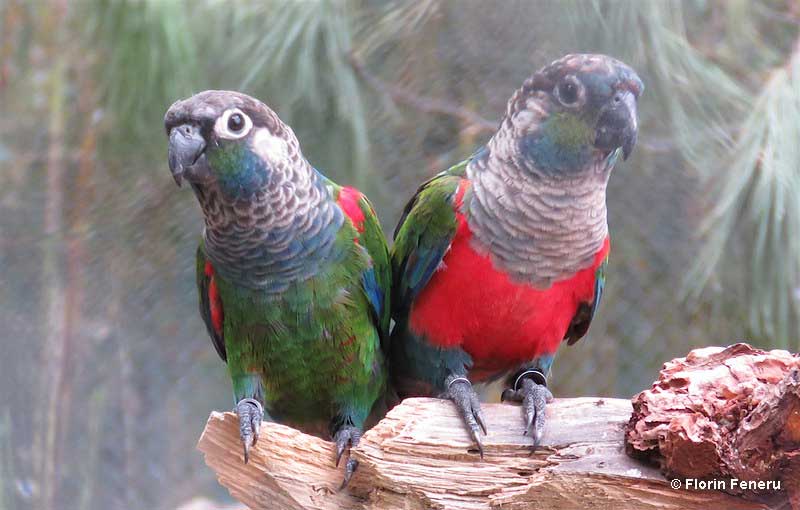
Who’s who? Crimson-bellied Parakeet (on the right) with a Pearly Parakeet (on the left side) © Florin Feneru
Crimson-bellied Parakeets make brief appearances near Blu’s nest at the start of the movie, and one is seen recovering in a research facility where Blu first met Jewel.
These birds are on the smaller side, with a grayish head and upper breast, a red belly, and mostly green uppersides. They are native to the Amazon region.
While they are not commonly kept as pets, Crimson-bellied Parakeets are known to have sweet personalities.
Olive-throated Parakeet
The Olive-throated Parakeet makes a brief appearance in a dance scene and is also seen in a cage. It is important to note that this species is not found in South America, but rather in Central America.
The Olive-throated Parakeet comprises three subspecies, and one of them is classified as near threatened on the IUCN Red List. All of the subspecies are green and emit harsh twittering sounds.
Green Honeycreeper
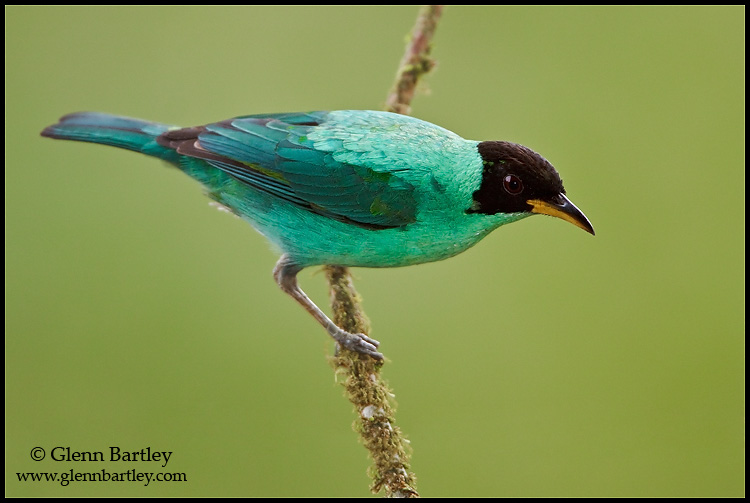
Green Honeycreeper (Chlorophanes spiza) perched on a branch at Buenaventura Lodge in southwest Ecuador.
The male Green Honeycreeper is a small green-and-black bird, whereas the female is light green overall. These birds inhabit forest canopies in Central America and the northern half of South America.
Their diet primarily consists of fruits and seeds, although they also consume nectar and insects. This species only appears as a background character in the first film.
Guianan Cock-of-the-Rock
The Guianan Cock-of-the-rock is a bird species found in the Guianan Shield of South America. They are commonly found in humid forests near rocky outcrops.
During the breeding season, the males display vibrant orange plumage with a large fan-shaped crest and airy orange plumes on their upper tail coverts.
In contrast, females have plain dark gray-brown plumage. Their diet primarily consists of fruits, although they occasionally indulge in small snakes, lizards, and frogs.
Peach-fronted Parakeet
Peach-fronted Parakeets make frequent appearances as background characters in the movie. Native to South America, they can be found in semi-open to wooded habitats as well as urban areas.
These parakeets showcase lovely greenish uppersides, yellowish undersides, and a peach-colored forehead.
Related: How long do parakeets live?
They are popular pets and can be easily tamed, but they may not get along well with other birds and demand plenty of attention from their owners.
Red-breasted Toucan
The Red-breasted Toucan, also known as the Green-billed Toucan, is a small toucan species with a bill measuring only 3.9 inches.
They have black uppersides and wings, a yellow-and-orange breast and throat, a red belly, and a green to greenish-yellow bill. This toucan primarily feeds on fruits, although it occasionally consumes insects and small birds, typically foraging in pairs or small groups.
Tricolored Heron
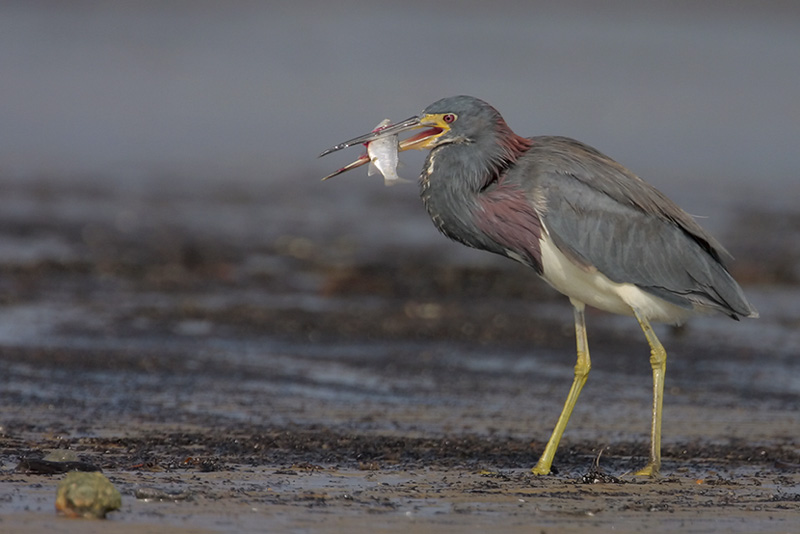
The Tricolored Heron appears briefly as a background character in both movies. This heron species can be found in swamps and coastal habitats along the coastlines of the Americas.
It has a distinctive appearance, with blue-gray and lavender hues on the upperside and white on the underside. The Tricolored Heron typically forages alone or on the outskirts of mixed groups of wading birds.
It either slowly stalks its prey, mostly small fish, or runs after it with flapping wings and sharp turns.
Magnificent Frigatebird
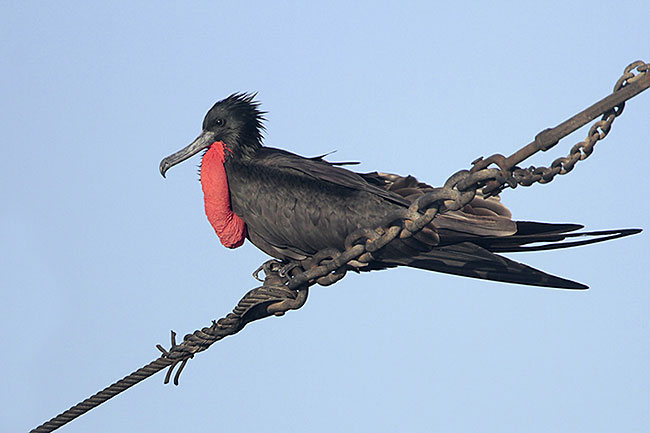
The Magnificent Frigatebird, formerly known as Man O’ War, is a widespread species found in the tropical Atlantic.
Male birds are easily identifiable, as they are entirely black and possess a scarlet throat pouch that they inflate like a balloon during the breeding season. Females, slightly larger than males, have a white breast and belly.
These birds can fly days and nights on end without landing, covering up to 139 miles.
American Goldfinch

© Alan D. Wilson
The American Goldfinch can be found in North America, wintering as far as Central America but not reaching South America. They prefer to live in open country, weedy fields, orchards, and backyards.
Males and females in their breeding plumage are predominantly yellow with black wings and a black forehead, with the females being duller and a bit more olive-toned. During the non-breeding season, they have pale brownish or beige uppersides, pale yellowish undersides, and a duller and darker beak.
Read next: Famous Cartoon Birds
Birds From Rio – Frequently Asked Questions
What parrots are in the movie Rio?
Some parrot species you can see in the movie Rio include Spix’s Macaws, Red-and-green Macaws, Blue-and-gold Macaws, and Scarlet Macaws.
Is the Spix’s Macaw extinct?
Spix’s Macaws are declared extinct in the wild with some individuals released back into the wild thanks to breeding programs.
What are the red birds in Rio?
In the first Rio movie, one of the red birds includes Pedro, a Red-crested Cardinal. In Rio 2, you can also see Scarlet Macaws, which are predominantly red.
What kind of bird is Nico?
Nico from the movie Rio is a Yellow Canary.
What type of bird is Pedro?
Pedro from the movie Rio is a Red-crested Cardinal.
What is the white bird in Rio?
The white bird in Rio is the Sulphur-crested Cockatoo called Nigel.

